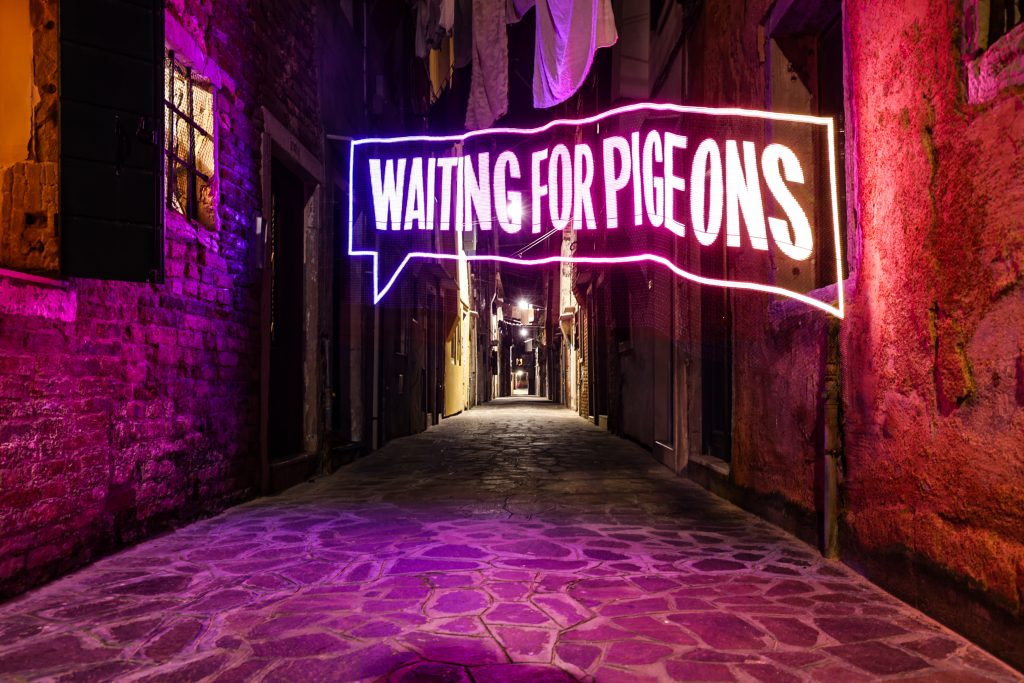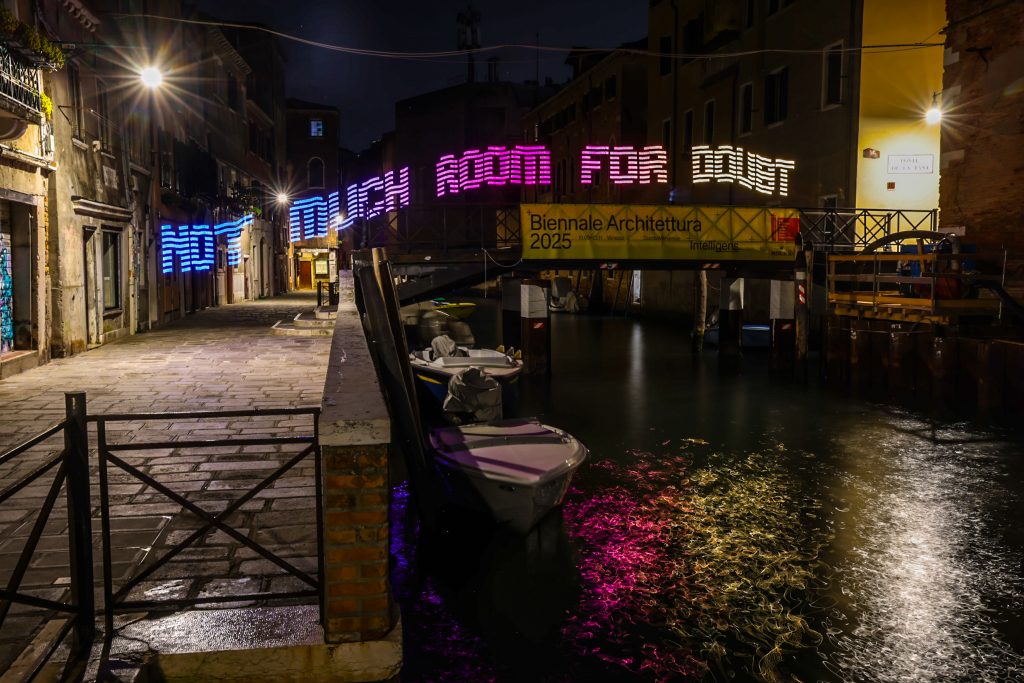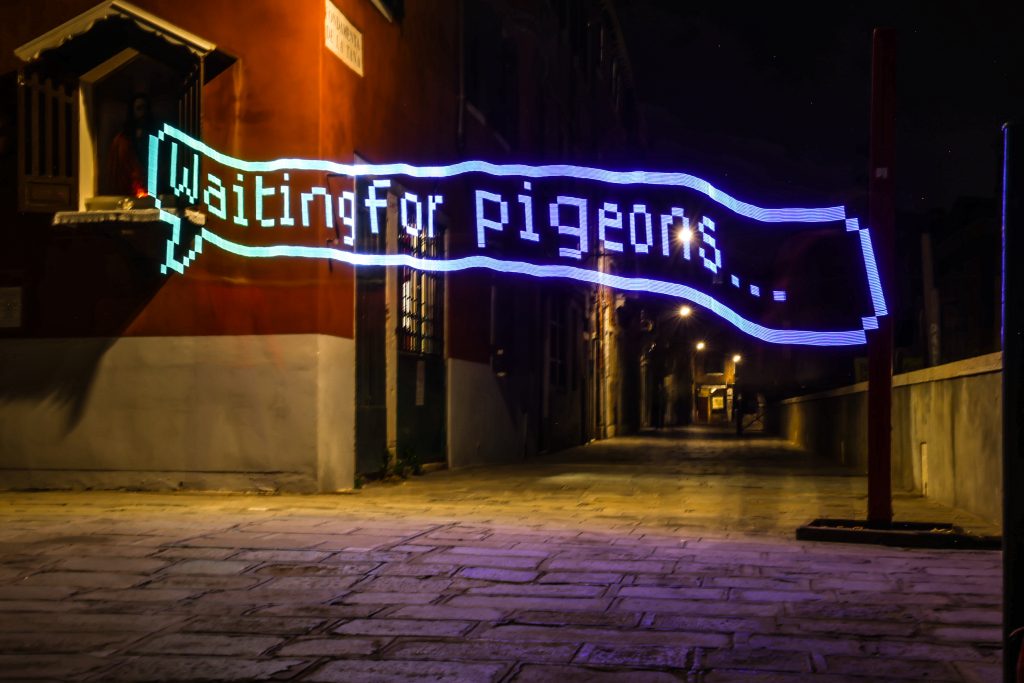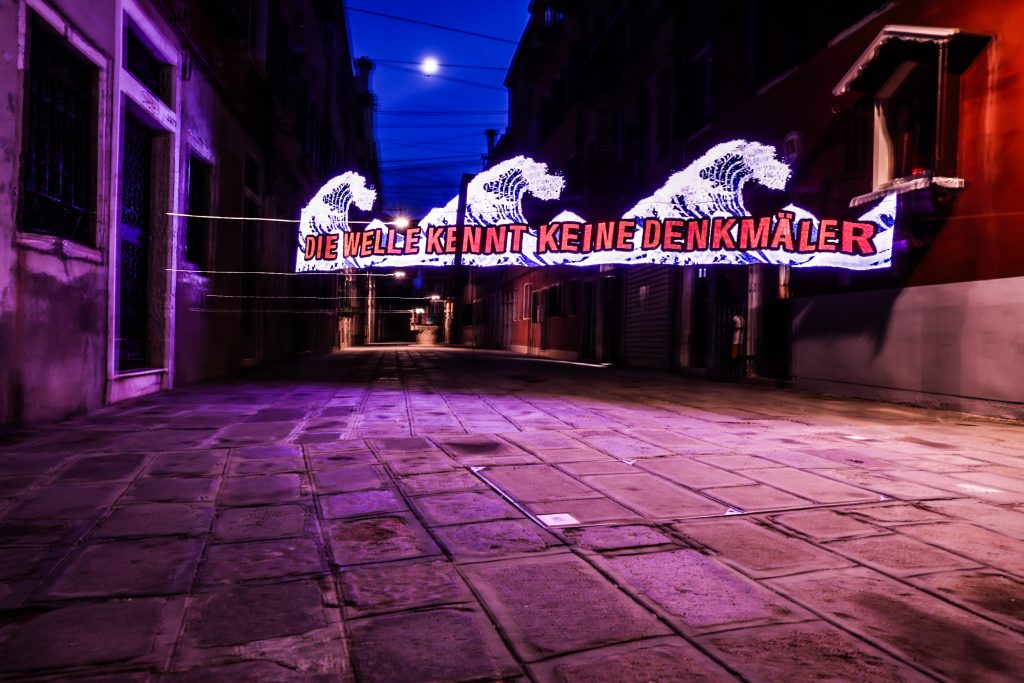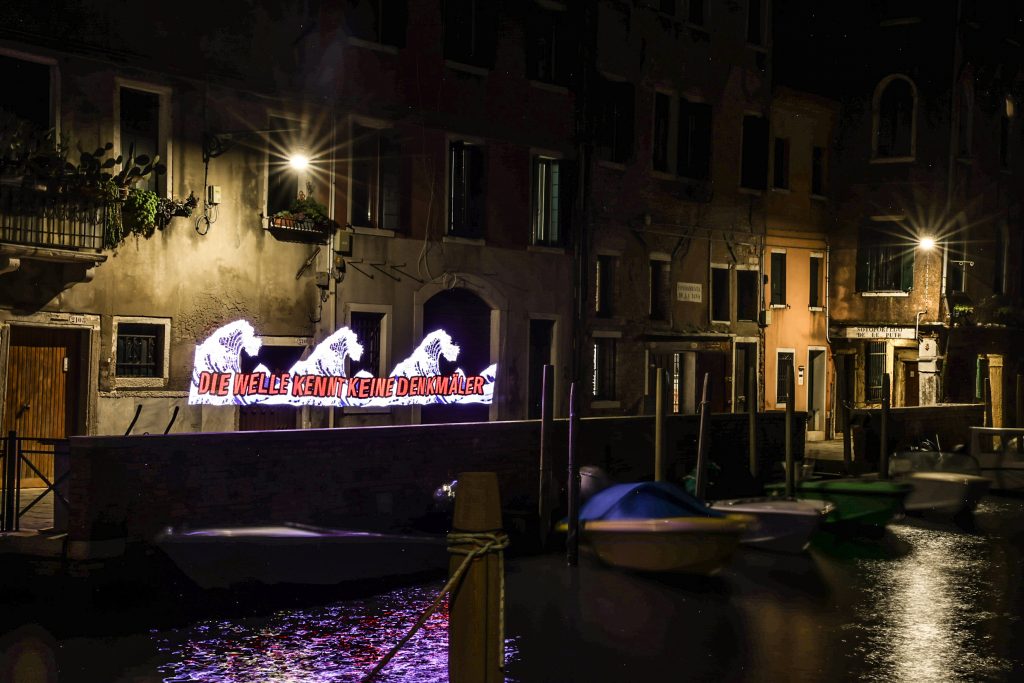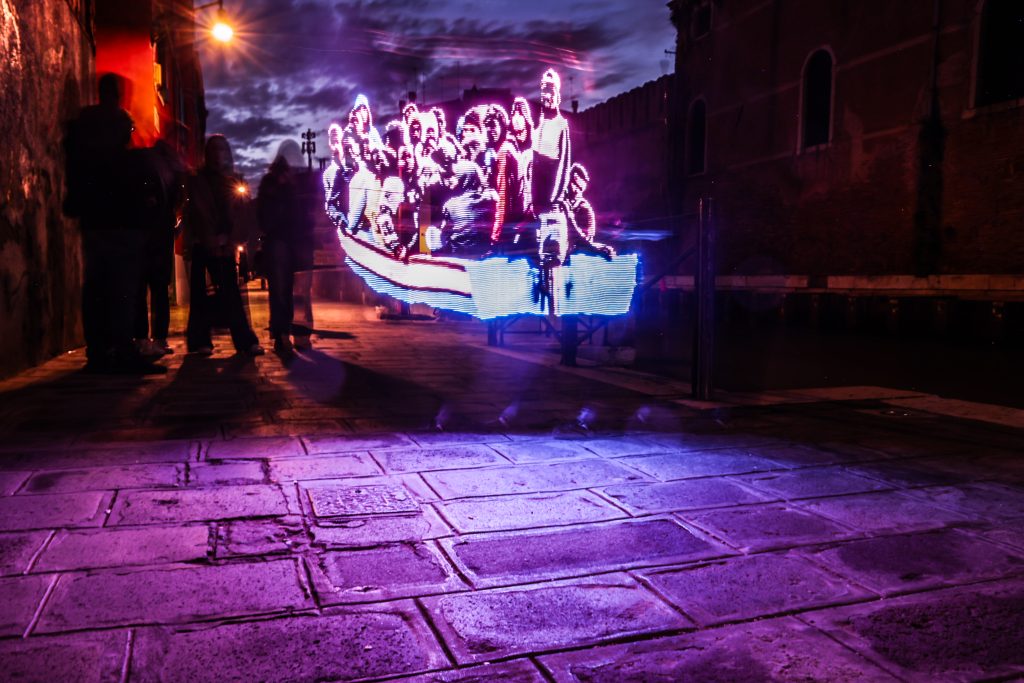Der DigiStick ist der Prototyp eines Arduino-basierten „LED-Lichtdruckers“ von Thomas Gnahm und Trafopop aus Berlin. Gemeinsam mit unseren Studierenden der FH Dortmund realisierten wir 2014 (Profs. Lars Harmsen und Alexander Branczyk) nach seinem Modell zwei weitere Prototypen, die wir in wechselnden Kontexten einsetzen. Einer davon (144 px) kam während der Exkursion zur Biennale Architettura 2025 vom 26.-31.11.2025 zum Einsatz.
Das Gerät basiert auf einem Arduino, der 144 LED-Dioden ansteuert. Es spielt ein zuvor programmiertes Bild zeilenweise ab, sodass durch eine Langzeitbelichtung ein vollständiges Bild sichtbar wird.
Mit dem DigitalStick setzten sich die Studierenden mit Situationen im Stadtraum auseinander. Sie nutzten das Gerät, um auf gefundene Orte zu reagieren und ihre Positionen visuell festzuhalten.
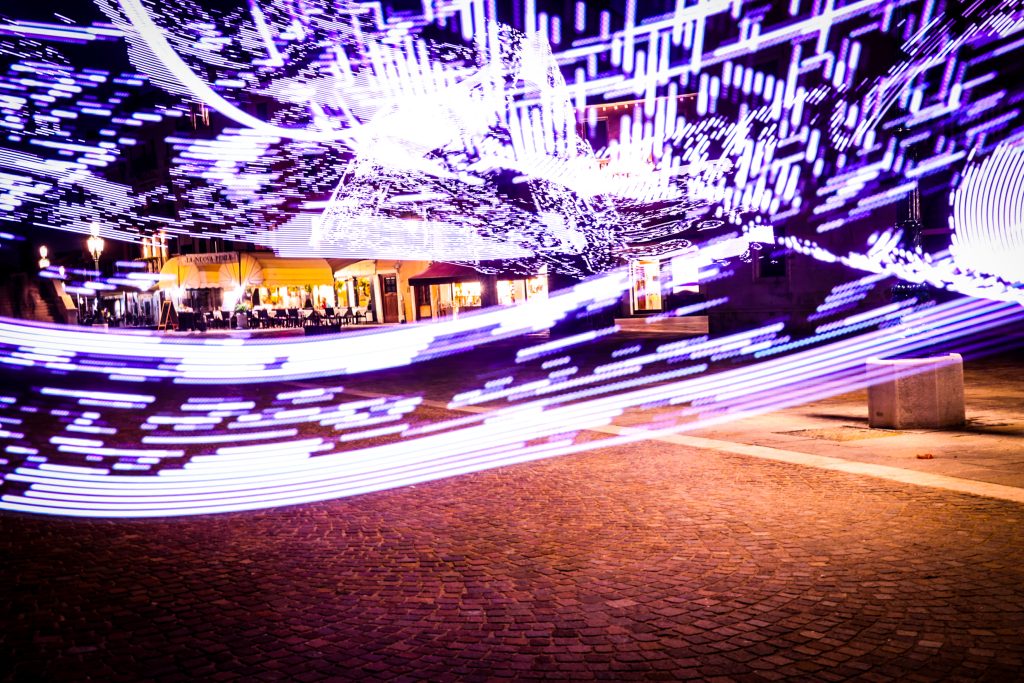
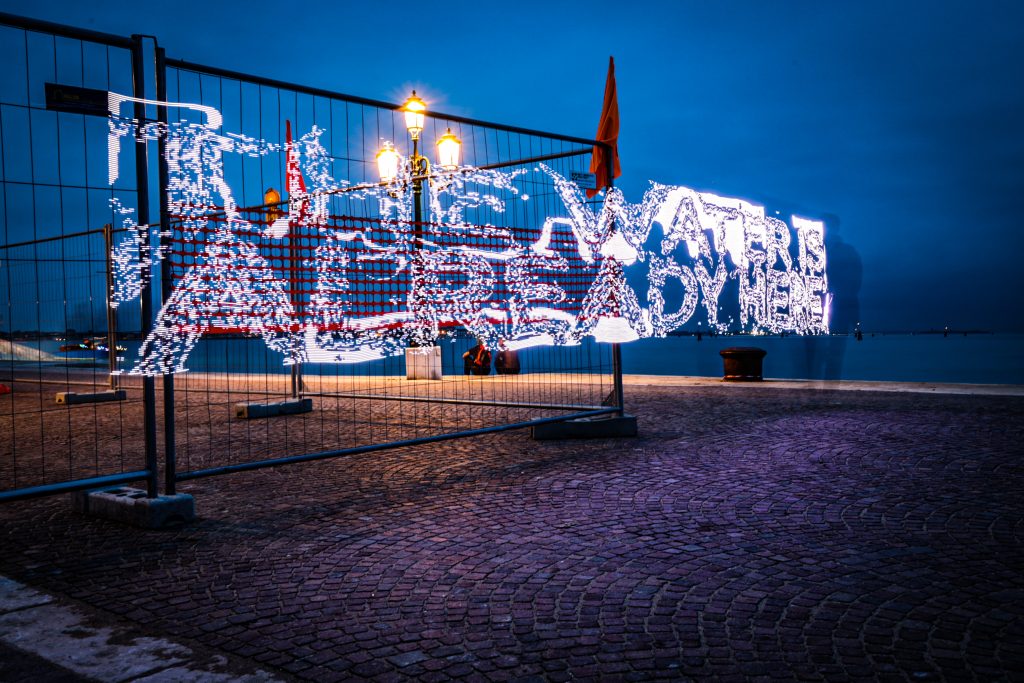
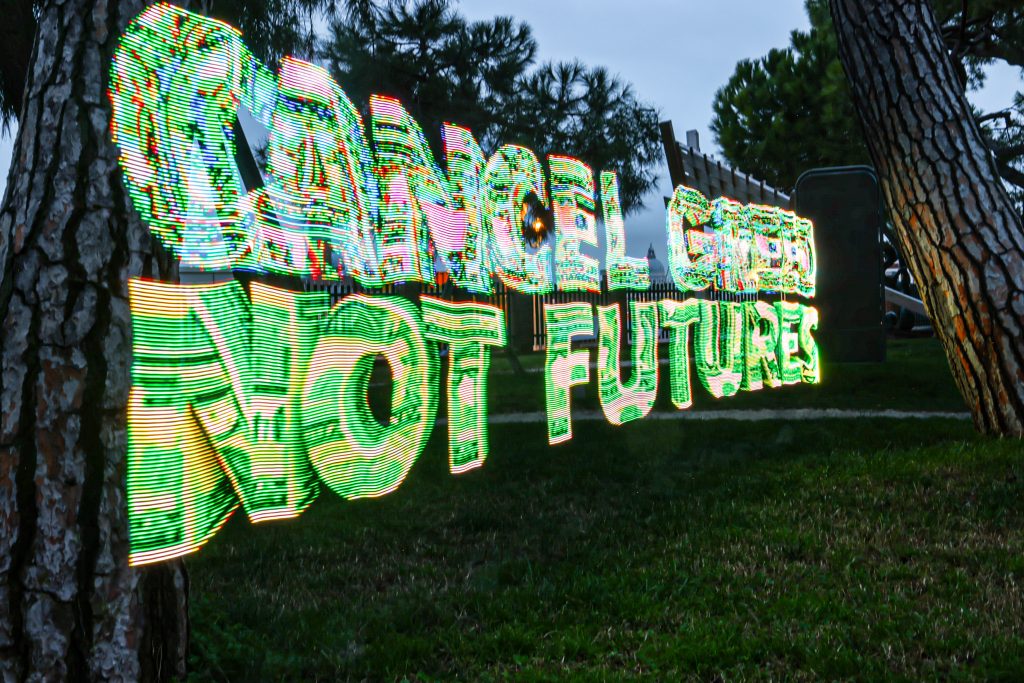
Steven Thiele, Nick Patzak
.
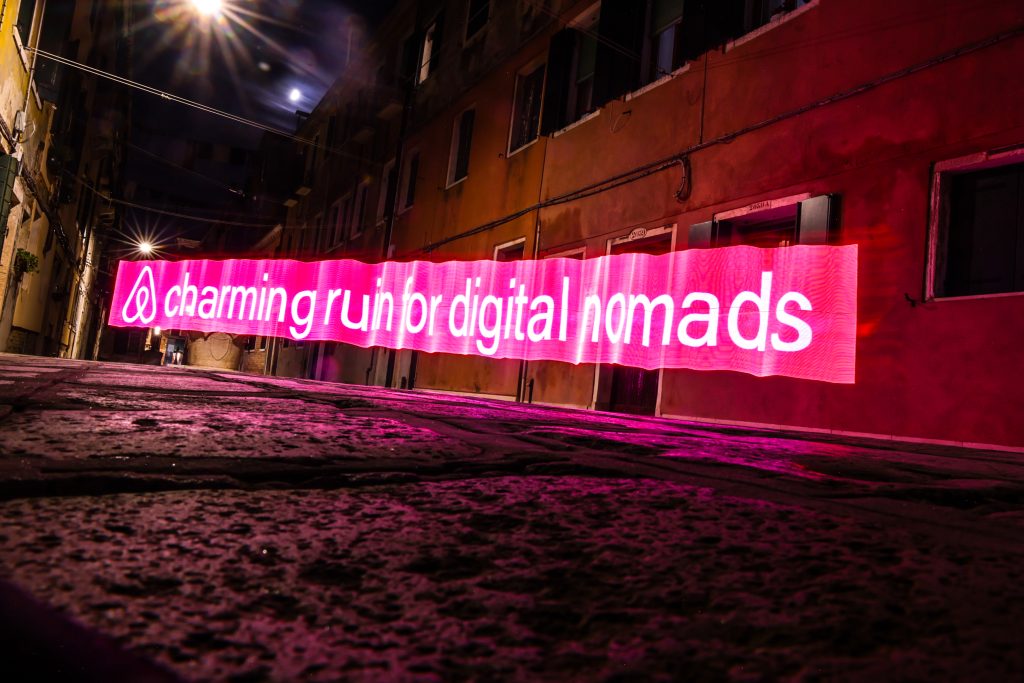
Jan Basse
.

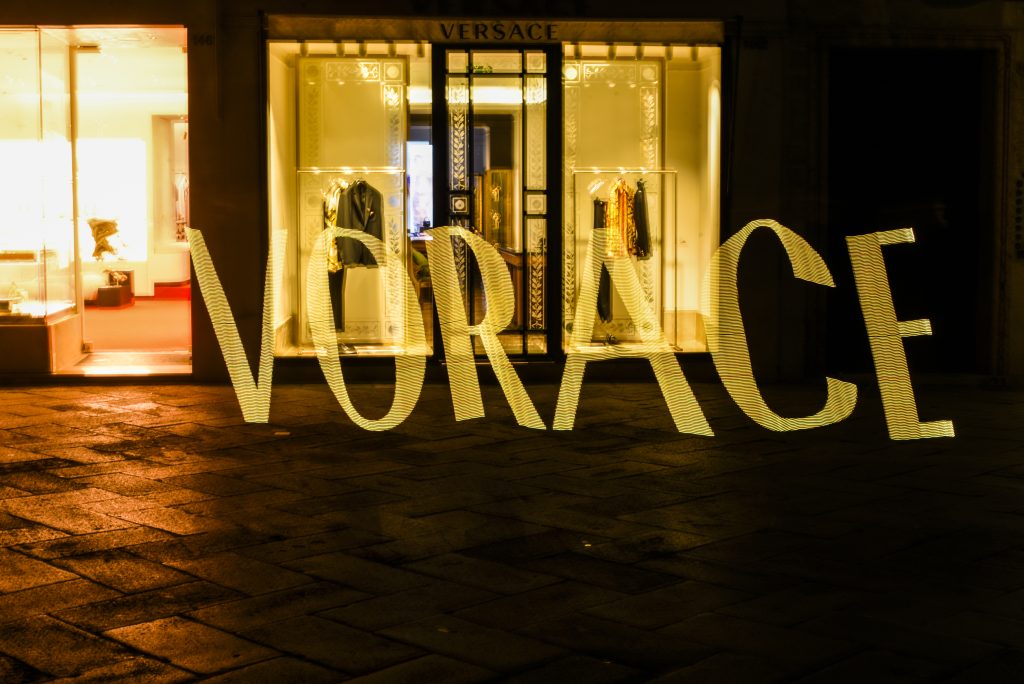


Steven Letzsch
.

Davyd Mirzoyan
.
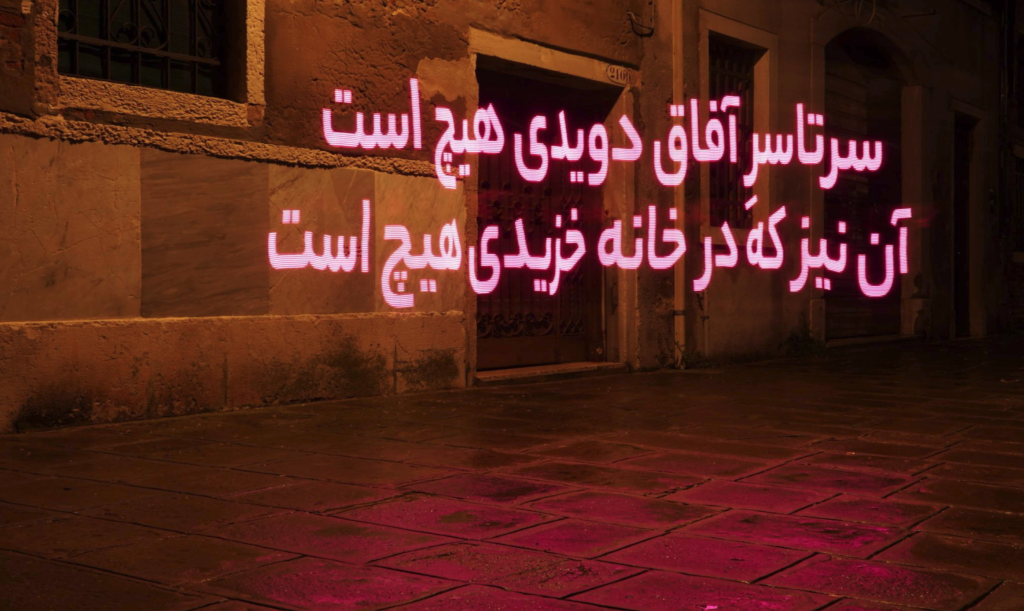
„You ran across the horizons—nothing. You hid inside your home—nothing.“ (Khayyam)

Saghi Semsarzadeh, Shaqayeq Mohammadi
“Rise up, and don’t grieve over this passing world; sit down and spend a moment in joy.”
The Rubaiyat is from Khayyam, a poet from Oman. He was not only a brilliant mathematician and astronomer but also one of the most profound Persian poets. His Rubaiyat expresses deep reflections on life, time, fate, and the search for meaning. This Persian verse invites you to let go of worries about the fleeting, ever-changing nature of the world. It says: Life is temporary and always moving — so instead of being consumed by sorrow or anxiety, pause for a moment, sit peacefully, and enjoy the present. It reflects a classic Persian philosophy of contentment and mindfulness, similar to ideas found in Stoicism or Buddhism: that nothing lasts forever, so happiness should be found in small, present moments, not in chasing control over the uncontrollable.
.



Liana Emma
.
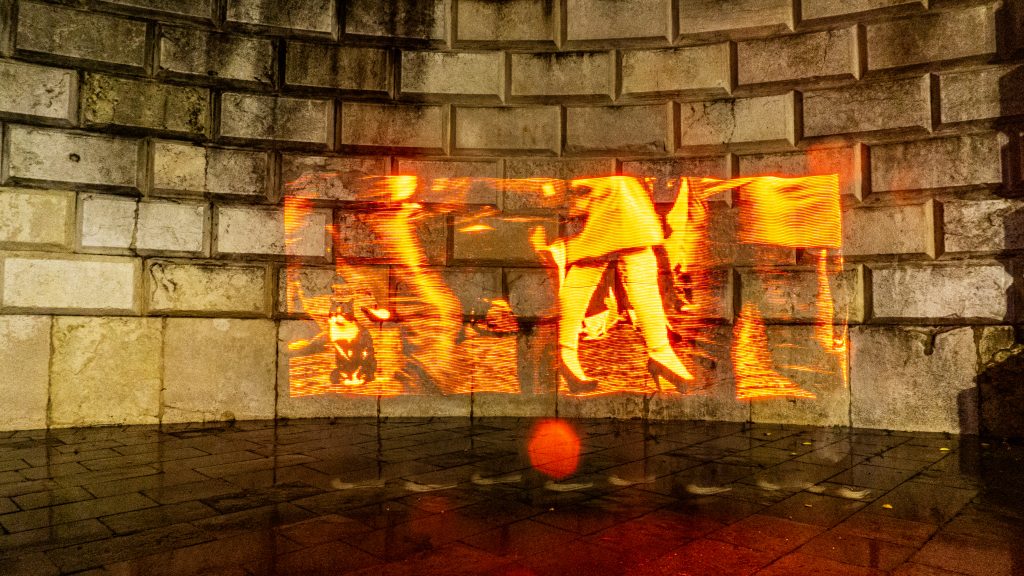
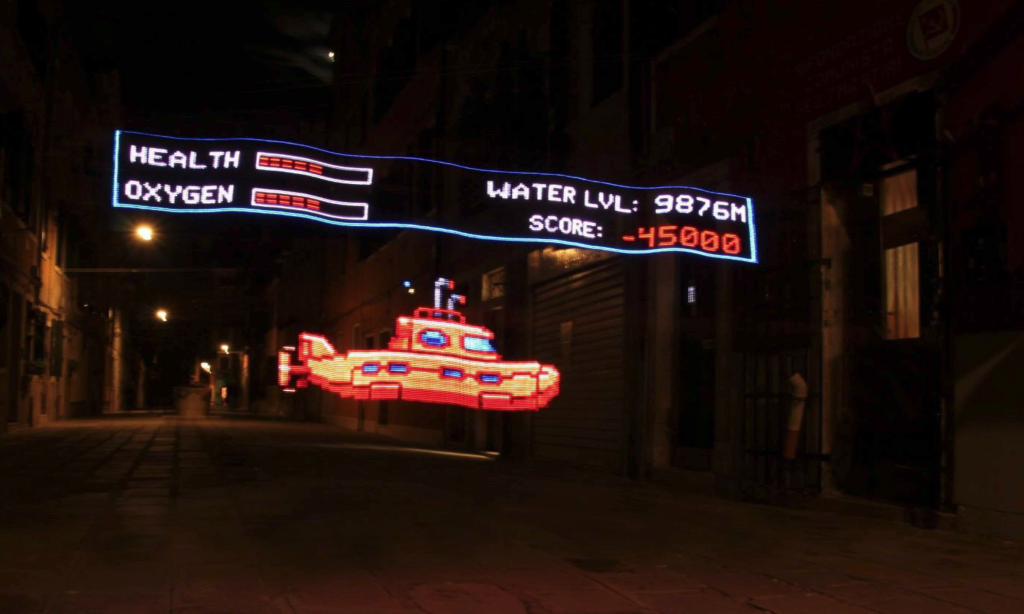

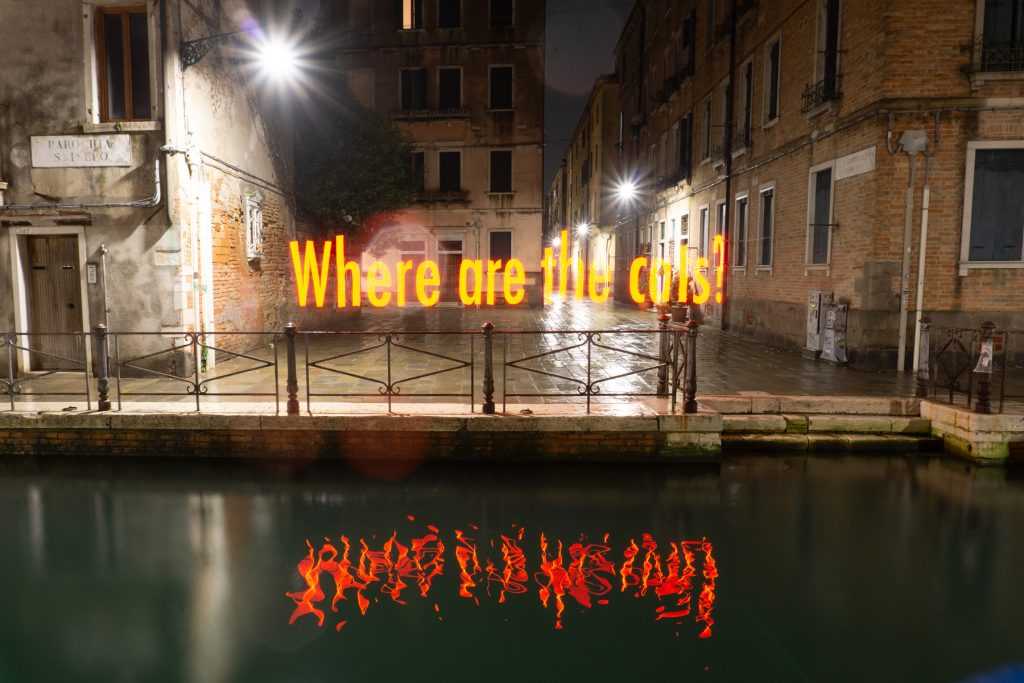
Luisa Coralee
.

Sophia Schachtner
.
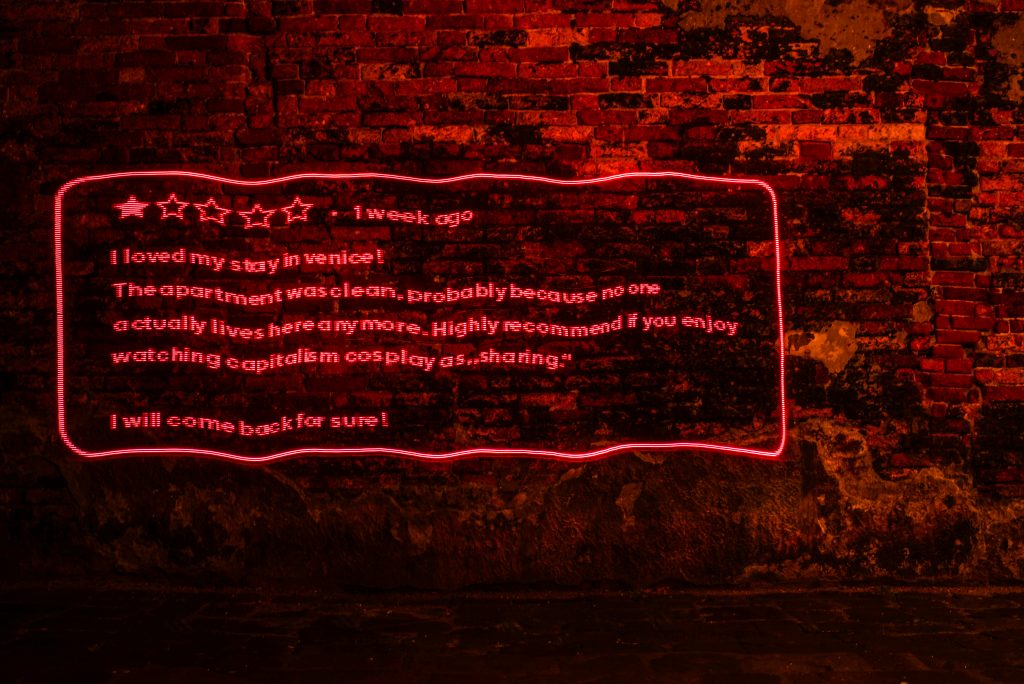
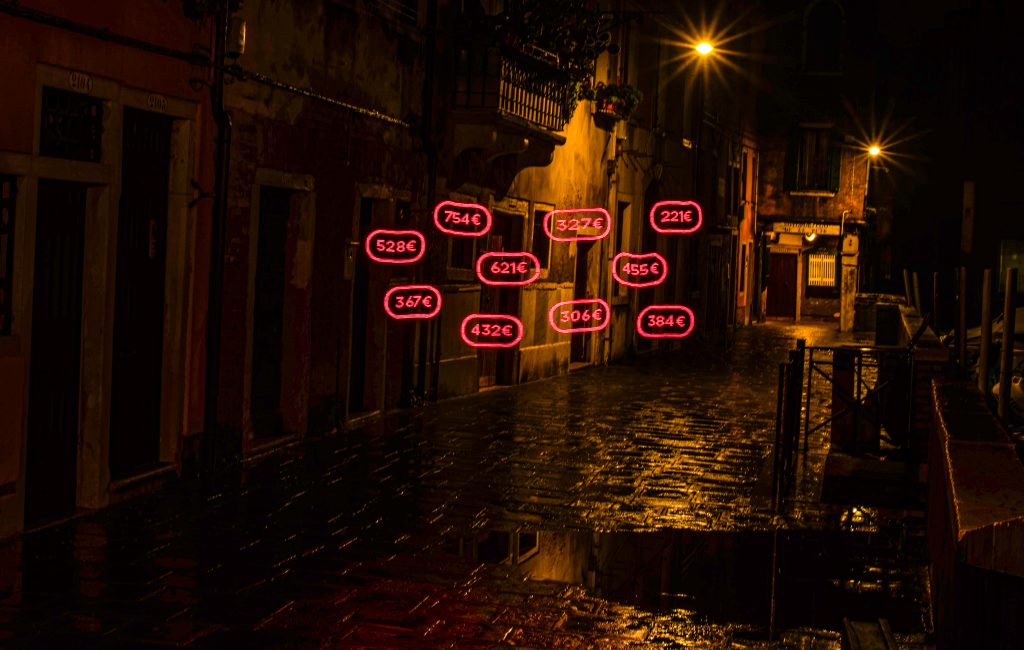
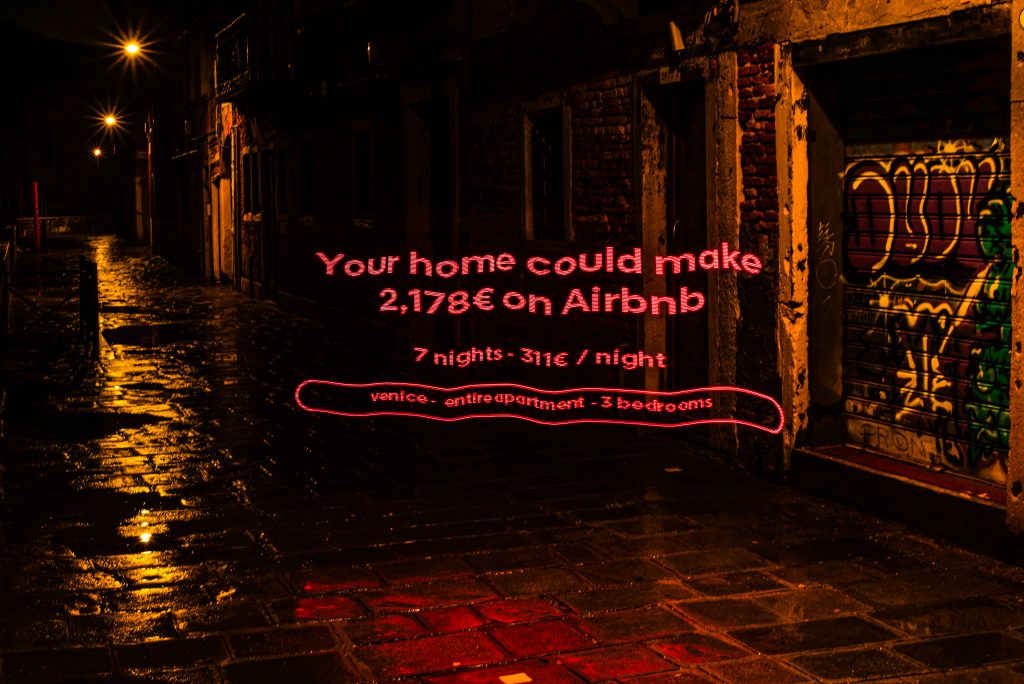
Christina Motz
.
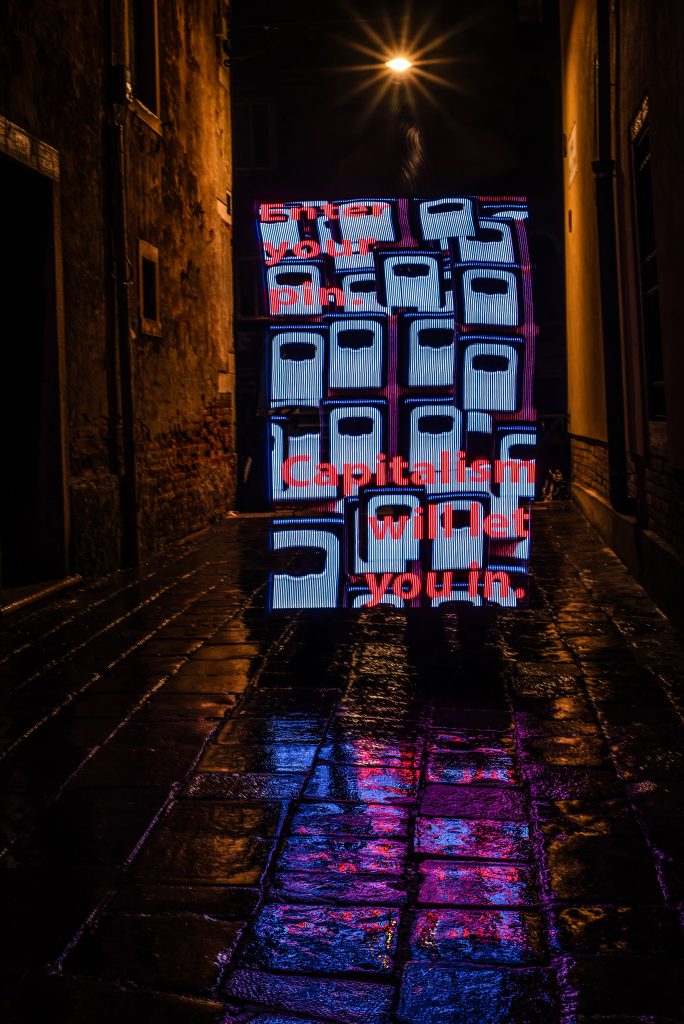
Joline
.
